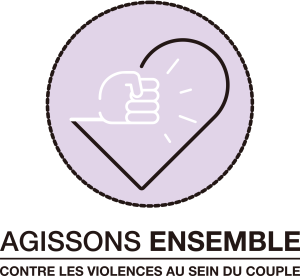Conference: Emerging from invisibility
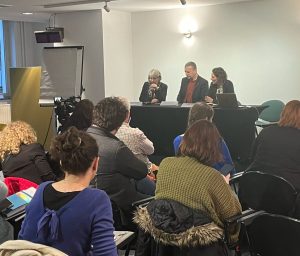
Our conference “Exiting invisibility – Better preventing the dangers of violence by an (ex-) intimate partner”, which took place on February 22 at Maison Amazone, marked an important turning point in our fight against violence. between (ex-)intimate partners. We filmed the entire event and will announce the availability of the videos on YouTube and on our MEFH website.
Josiane Coruzzi brilliantly distinguished domestic conflicts from dynamics of social control, highlighting the primacy of preventive education for children in the face of violent behavior.
Natacha Henry highlighted the suffering of victims and the social burden of violence, while emphasizing the importance of legislative reforms for parental protection in the context of violence.
Christelle Taraud recalled the crucial role of words and their impact, offering self-defense workshops and denouncing the continuum of violence represented by feminicides.
Claire Stappaerts introduced our innovative MOOC, a key educational resource to promote gender equality (available here: MOOC MEFH).
Dr. Ghada Hatem insisted on the recognition of the victims’ testimonies.
Caroline Vareille addressed collective responsibility in the perception of prejudice.
Jean-Louis Simoens provided his expertise on monitoring victims through the DiViCO system, emphasizing the importance of communication in healing.
Anita Biondo spoke about the challenges police face when receiving victims, warning of the risks associated with current assessment tools.
In summary, the speakers highlighted the need for close collaboration between health networks, law enforcement, and support systems, to offer victims the opportunity to express themselves and rebuild yourself in a secure and caring environment.
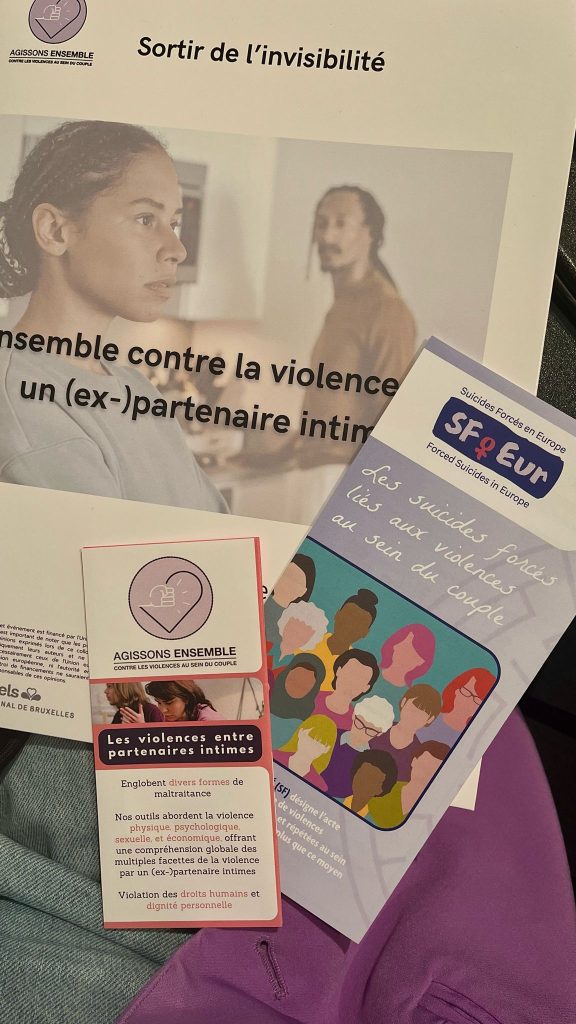
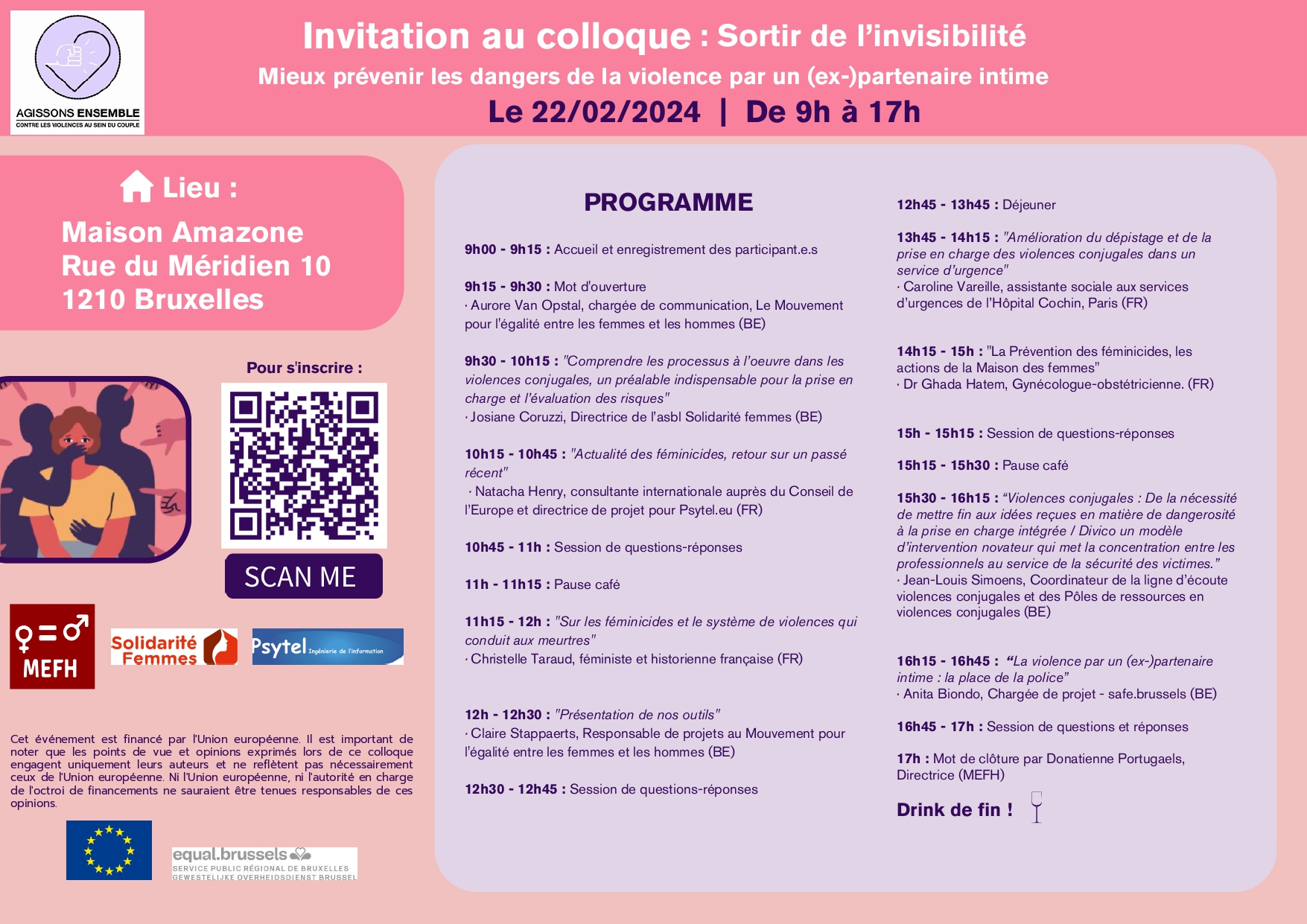
In Belgium
In France
2/3 thirds
Victims who have not previously filed a complaint for violence
In Europe
Our training on Violence Prevention
Within the framework of the European project « Citizens, Equality, Rights and Values » (CERV), the Movement for Equality between Men and Women developed the IPV-Coact plan, the Intimate Partner Violence COACTion program, in partnership with Psystel, a French cooperative with which we fight for equality between women and men, as well as with Solidarité Femme, which contributes to changing attitudes towards gender equality.
The intimate partner violence prevention act peut être traduit en français comme l’action contre la violence entre partenaires intimes.
This project follows the objective of the Daphne component of the European project, namely « Combating violence, especially against children and women « .
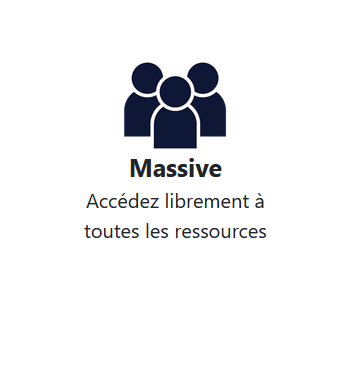
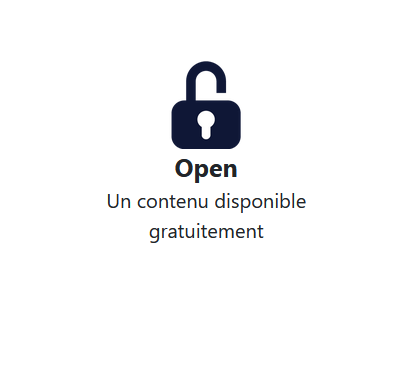
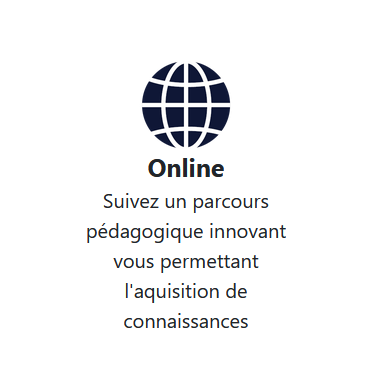
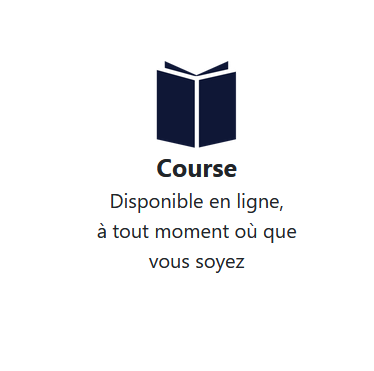
Context
This project was born from several observations :
First, an inventory carried out by Ensemble contre les violences (report from 2019) states that despite the commitments of the Istanbul Convention (aimed at eliminating violence against women) In 2016, measures to prevent violence in the intimacy of the couple were insufficient or even inadequate.
According to a 2010 study by the Institut for the annoyance between men and women, one in seven women in Belgium claims to have suffered at least one act of violence from their (ex)partner in the previous year.
Secondly, there has been an increase in domestic violence since the COVID-19 crisis. Indeed, since the first lockdown, gender violence has worsened due to the isolation of family members.
The health crisis has also pushed back the period needed to achieve equality between women and men by 36 years.
The Daphne European project is a response to the issue of gender violence and its consideration when creating tools for the prevention and risk assessment of psychological or physical violence within the couple.
The points of attention
It is important to identify the elements that are often linked to an increase in dangerousness. Thus it is necessary to be helped by a service specialized in this field that will know how to orient and intervene.
Here is a list that will help better identify the danger in a situation of violence within the couple:
– She intends to leave – She just told him the break up – He discovered she was looking to move/a new home.
– He is very jealous – He thinks she has a sexual and/or emotional relationship with another person – He thinks she is trying to meet, connect with someone else – He thinks she is in love with someone else – She’s dating a new person.
– She is afraid for her own life and/or the lives of her children – She reports that she is afraid that he will carry an act in order to take her life – She is not able to see the risks she and her children face.
He has strangled, choked or drowned her. Control: Monitors her movements, uses technology to track her.
– She reports having dark thoughts, suicidal thoughts – She says she does not see a solution, nor a future,
the impression that death is the only solution – He threatened suicide.
– Does not hesitate to use weapons in violent threats/behaviours – Uses knives in violent behaviours.
– She has an isolated, limited social network – She has no resource person to talk to, to rely on – Her social network accepts violence or does not want to see it.
– The perpetrator will be summoned by the police after a complaint of the victim – He is summoned following an episode of violence of which the authorities have been warned – A correctional or custody judgment has been programmed.
– He threatens her and/or her children and/or relatives with death – He has a specific scenario of how he wants to kill her, revenge – He threatened to hurt her or kill her if she leaves. For example «If you are not mine, you will not be mine».

If you are concerned for his immediate safety, call the police at 112.
Refer her to a nearby specialty service, or call the listening line at 0800 30 030.
What is violence by a (ex)partner?
It is about using fear and/ or violence in order to control the other in all moments of his life, to gain power over the other.
The abusive spouse uses his or her relationship with the victim to place him or her in a situation of inferiority, insecurity, helplessness and dependence that limits his or her ability to end the relationship.
Violence can be psychological, verbal, economic, spiritual, sexual or physical. It results in intimidation, humiliation, denigration, threats, blackmail, insults, beatings, sexual assault, deprivation, dating control, surveillance, etc.
It happens in cycles, which puts the woman in a constant climate of fear and alertness, no matter where she goes or what she does. She is no longer free to act or think as she wishes. She is constantly on her guard, changes her habits or behaviors and tries to submit to the will of her spouse to avoid a new episode of violence. However, because the abusive spouse wants to maintain control and the unequal relationship, the violence continues.
In a couple it happens that there are disagreements, disputes.
However, if a lady (patient, client, friend…) explains to you that she is AFRAID, that she can no longer react without her partner becoming VIOLENT, that she cannot act freely, then she is certainly a victim of violence by a (ex)partner. Maybe she’s in danger.
Your role in dealing with a victim:
– Welcome confidences and listen without judgment
– Maintain contact, trust
– Share your concerns and fears
– Offer orientation to a specialized service
Objectives

Our IPV-Coact project is underway.
The main objective is to create a MOOC (Massive Online Open Course), which will equip not only the institutions in charge, victims in situations of violence in the couple, or anyone in contact with these victims.
We organize, beforehand, interviews with experts and multi-institutional working groups. This will allow us to develop this online course, which will include three chapters:
1. One on the process of conjugal domination
2. A simplified grid that will allow people to analyze the risks of violence.
3. Shedding light on the importance of professional cooperation in this area: creating a link between victims of domestic violence (physical, sexual and psychological) and institutions whose role is to protect, welcome and raise awareness, and take charge of victims of violence.
– To prevent violence within the couple (VSC), there is a lack of consistency in how frontline professionals assess and manage risk. There is no common and validated European mechanism for concerted action for risk management in VSC situations.
– The objective is to have a tool (including a list of relevant questions + a user manual) to rationally assess the risk to the victim.
Prévention
Preventing danger in violence by an (ex)intimate partner - Facing a victim

- Definition of violence by (ex)partenaire
- The points of attention
- Comment and where to orient ?
Preventing danger in violence by an (ex)intimate partner - Facing a victim

- I suspect a situation of violence by a (former)partner, what to do?
Main activities of the project
– Literature review of existing knowledge (EU and Canada)
– Interviews with experts to analyze the needs and expectations of professionals
frontline specialist for risk assessment
– Development, with a multi-institutional working group, of an evaluation grid and its reference framework
of use
– Development of a training kit for the use of the assessment tool including a MOOC and
face-to-face training sessions
– Training and testing of the tool in several pilot sites (emergency services, youth assistance, services
social, child protection)
– Tool and training kit evaluation, corrective actions
– Dissemination of results, including to other Member States (FR and EN)






